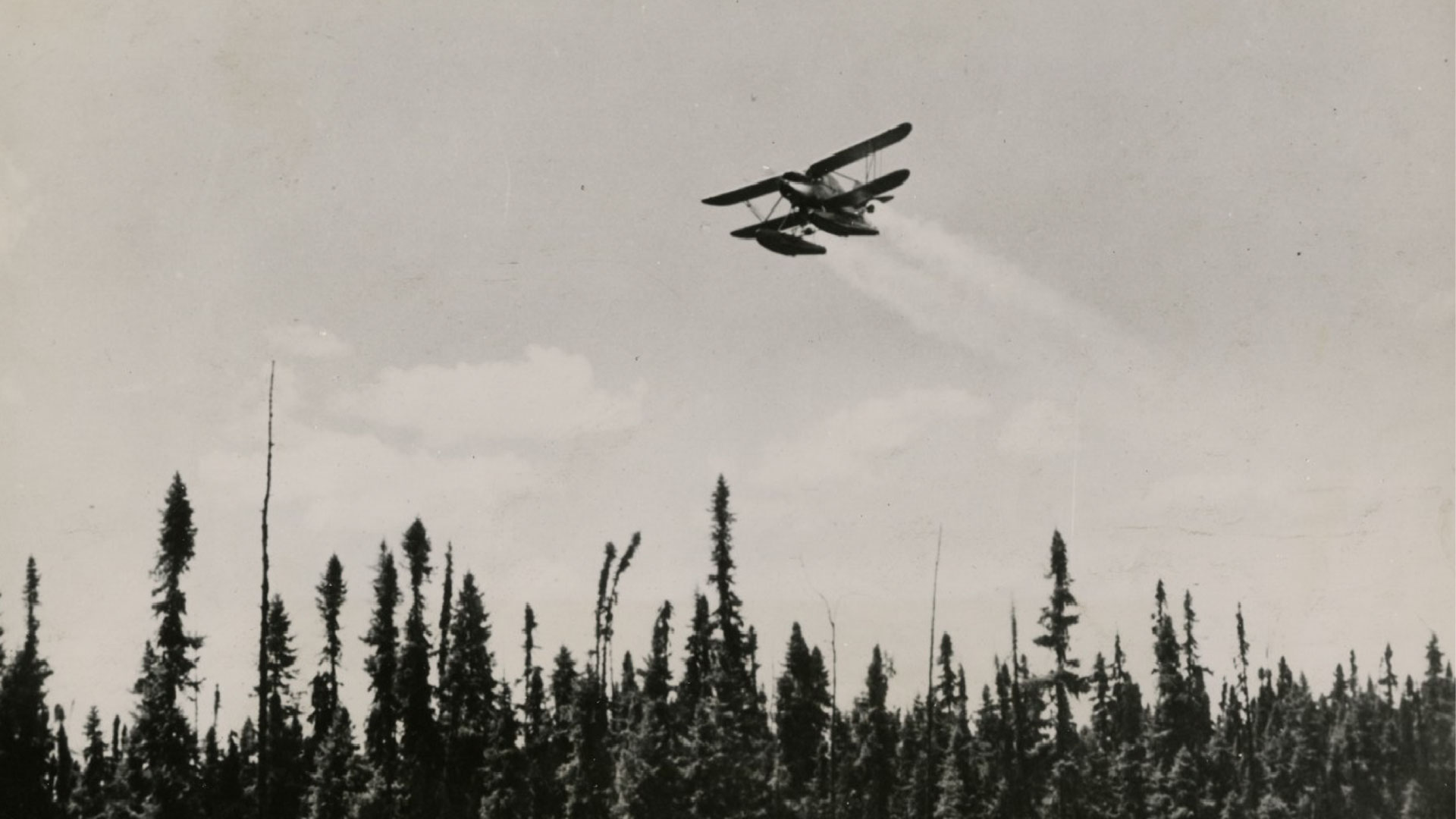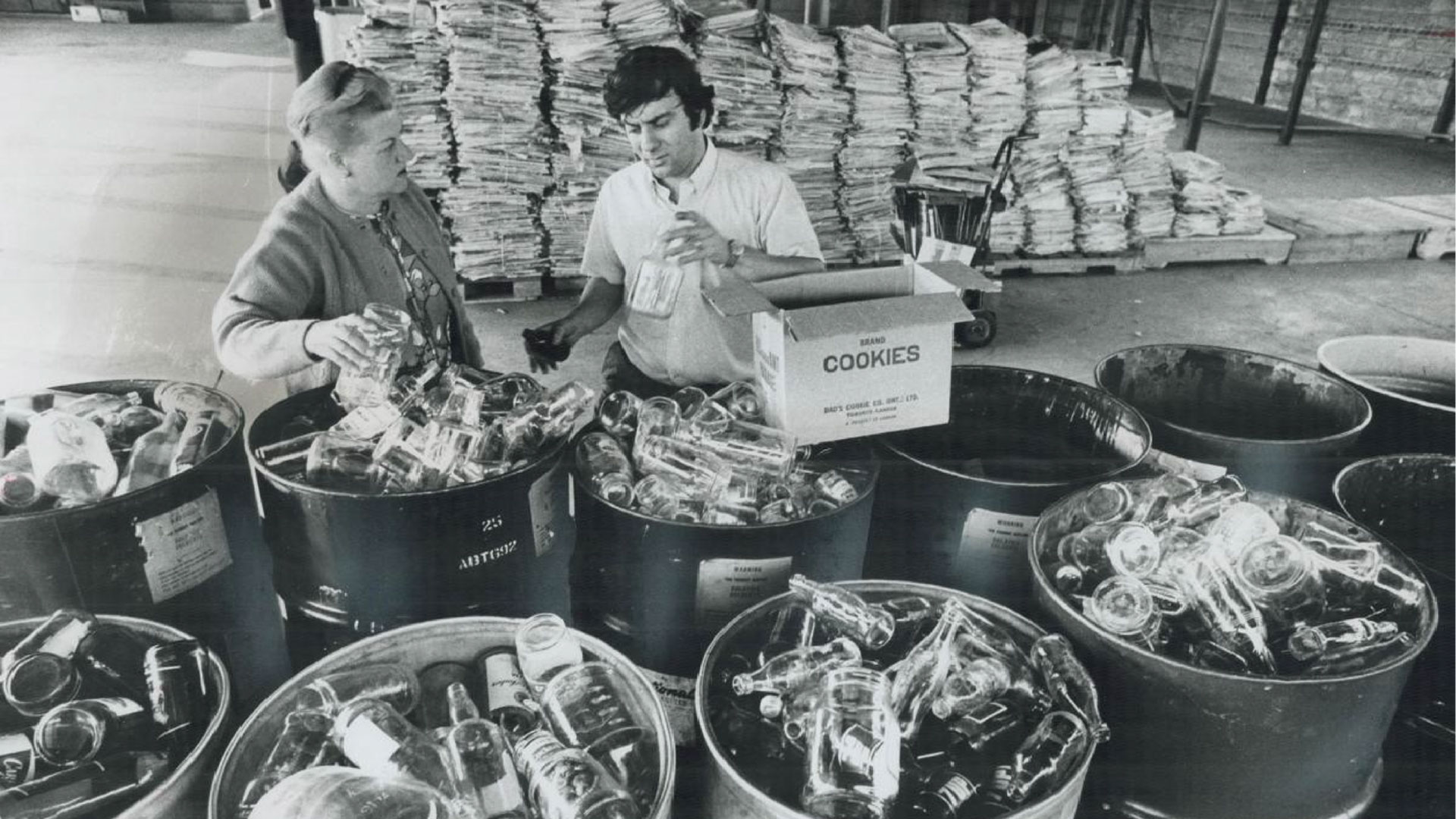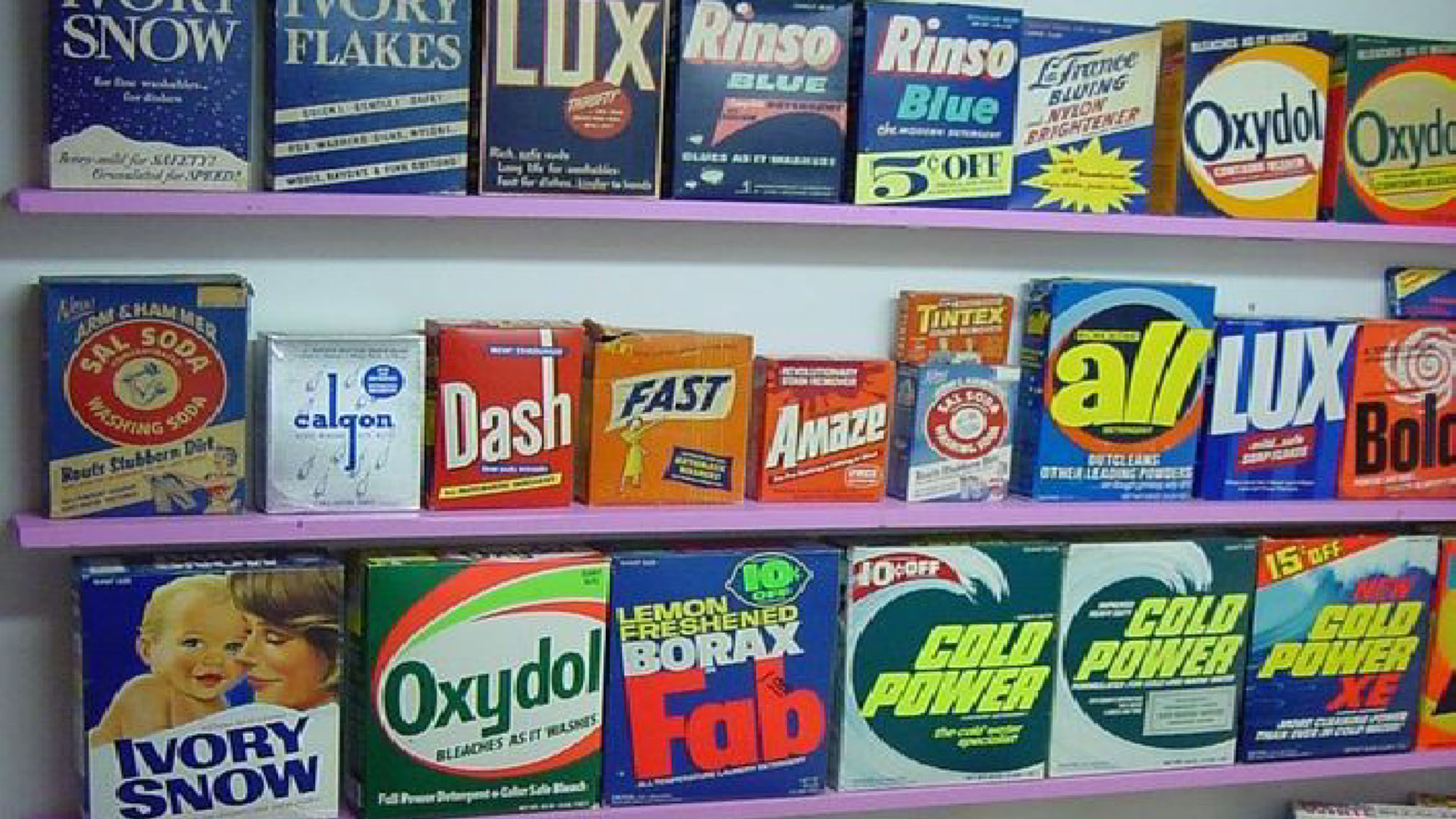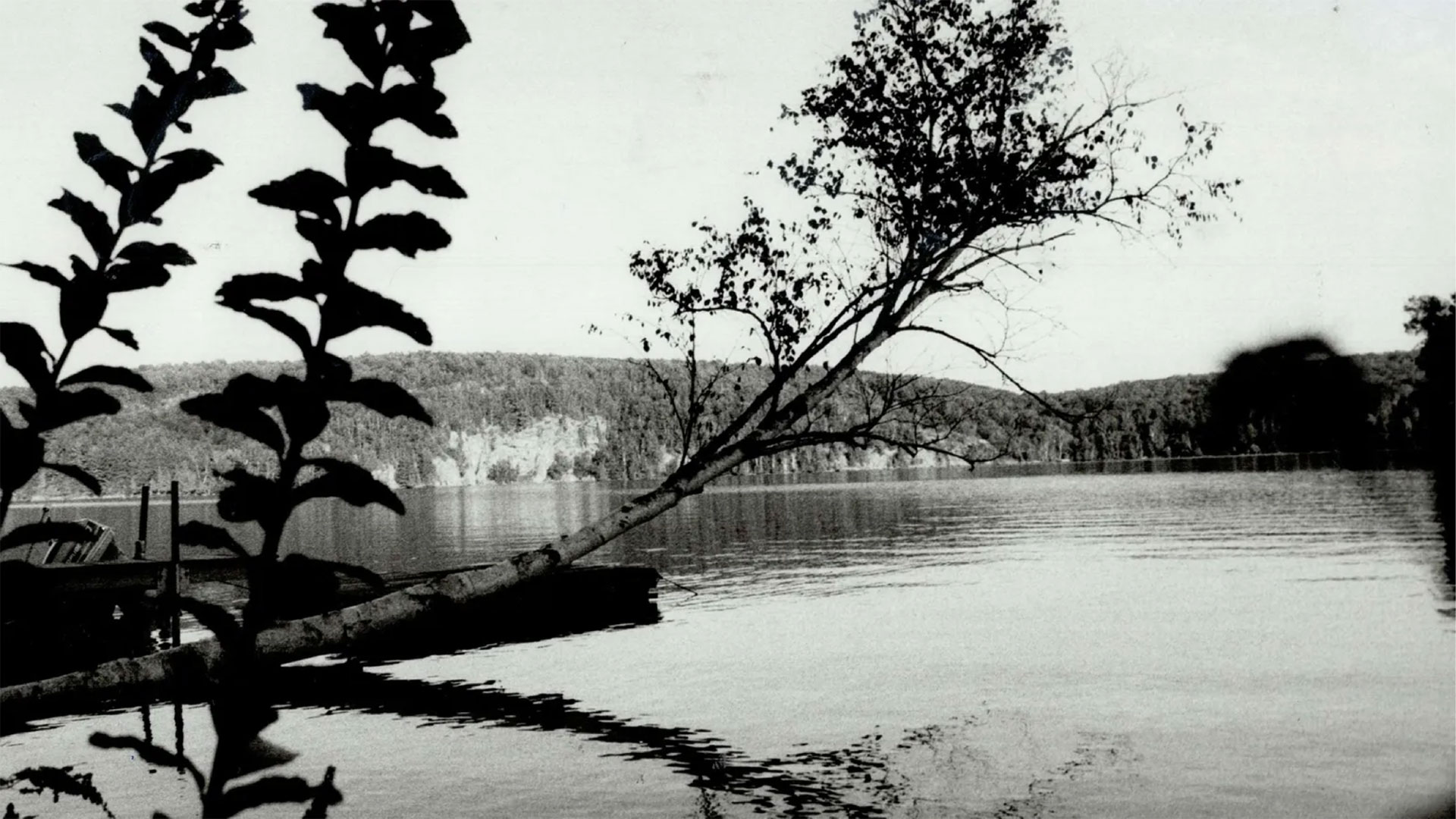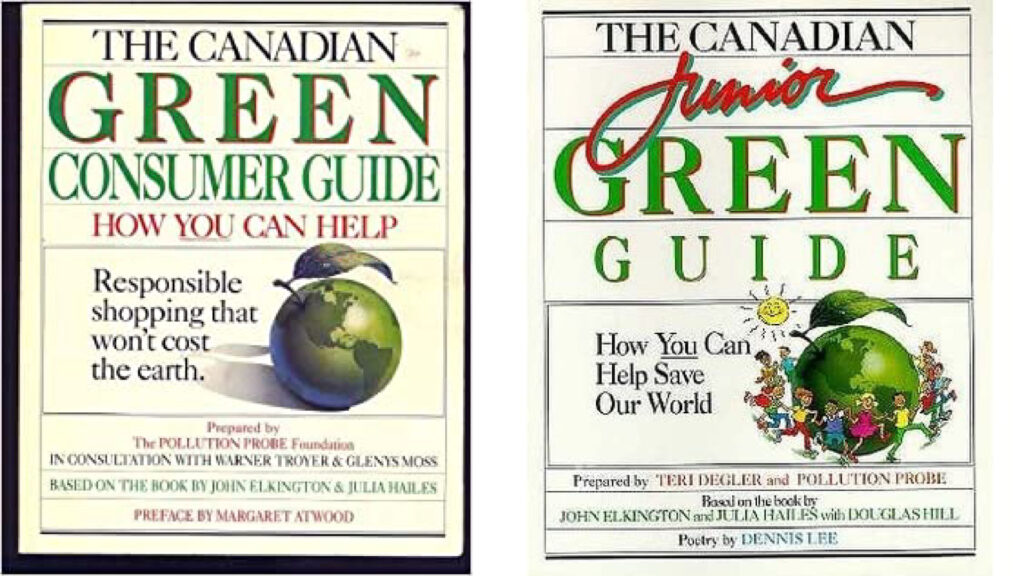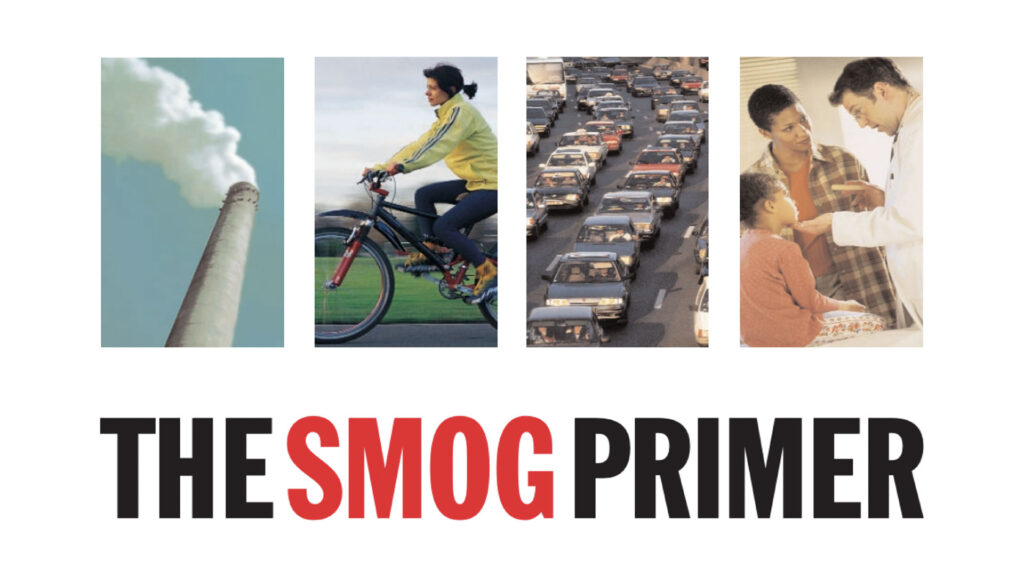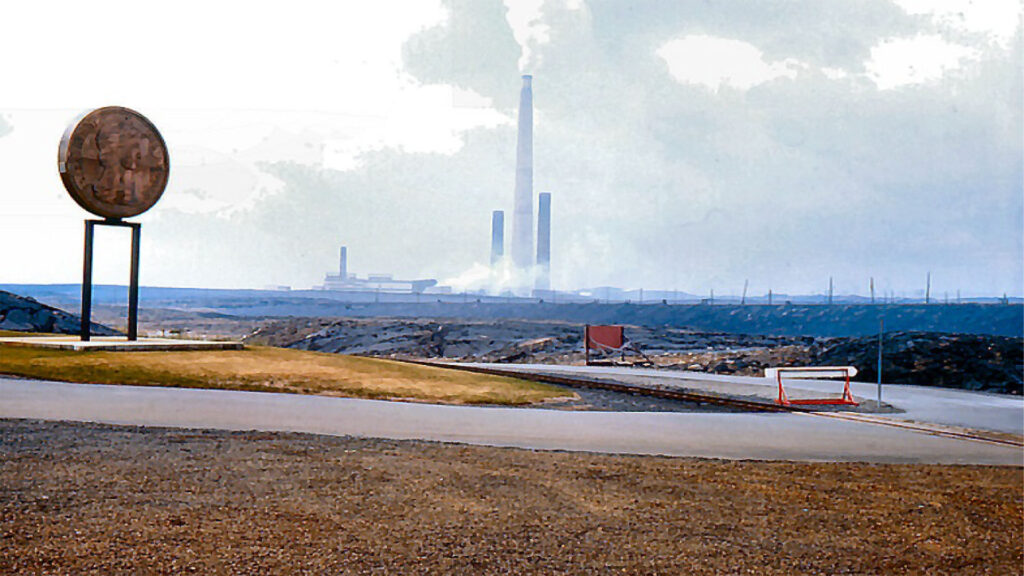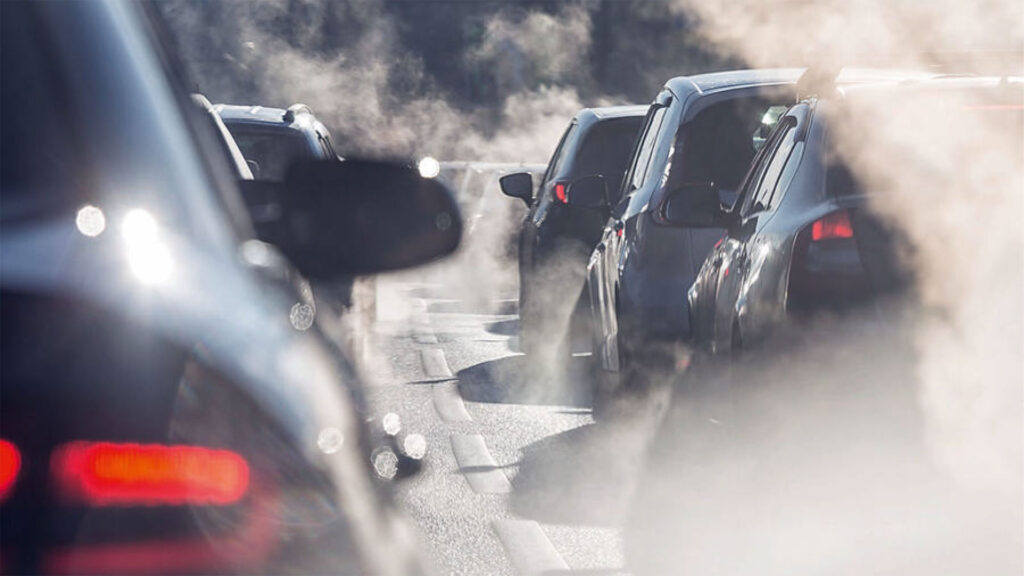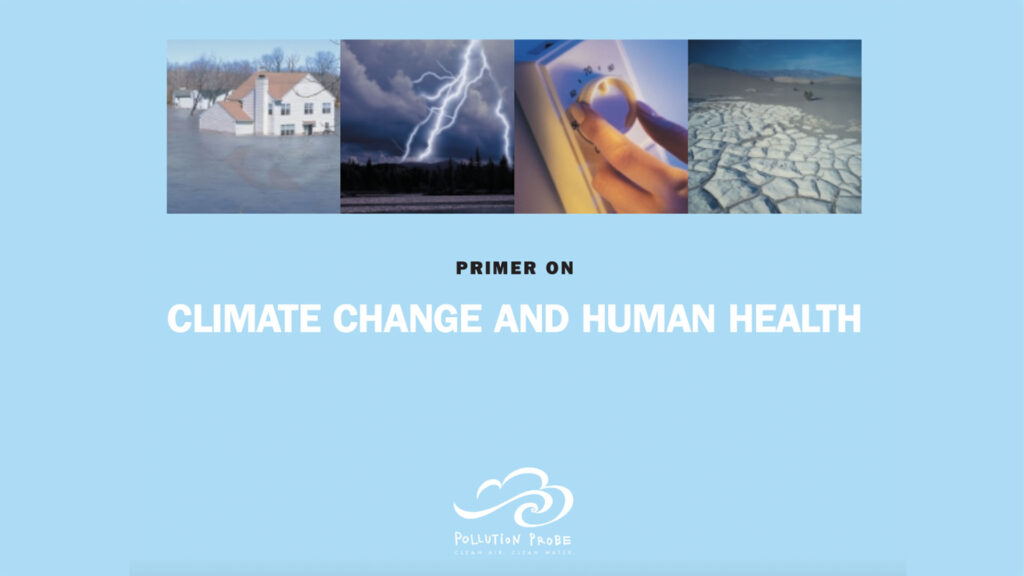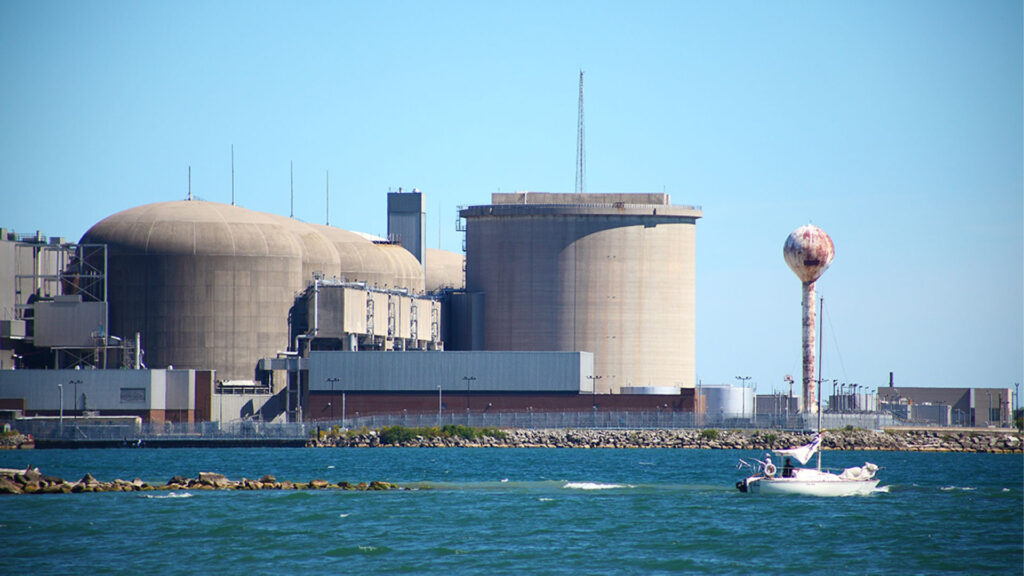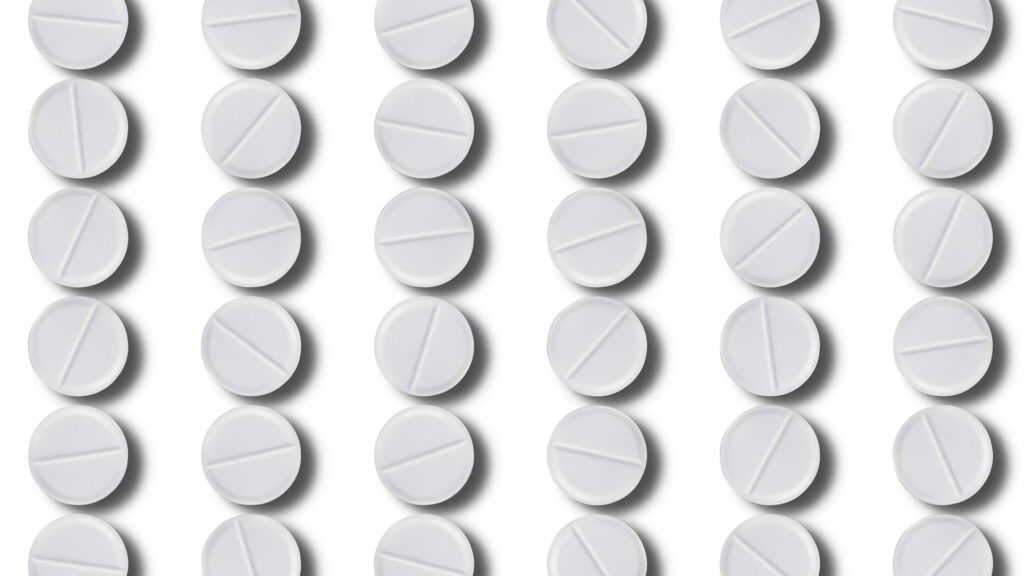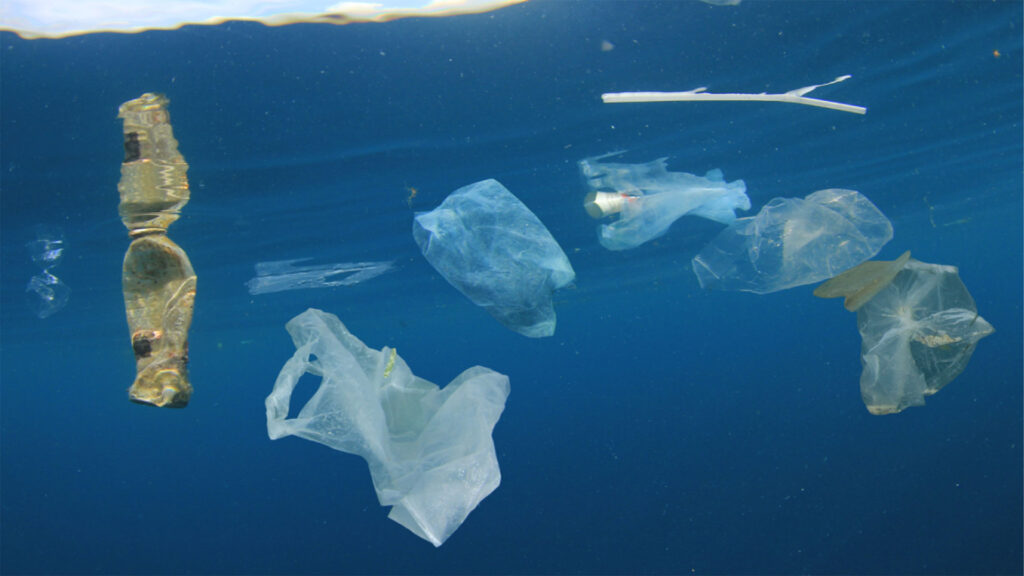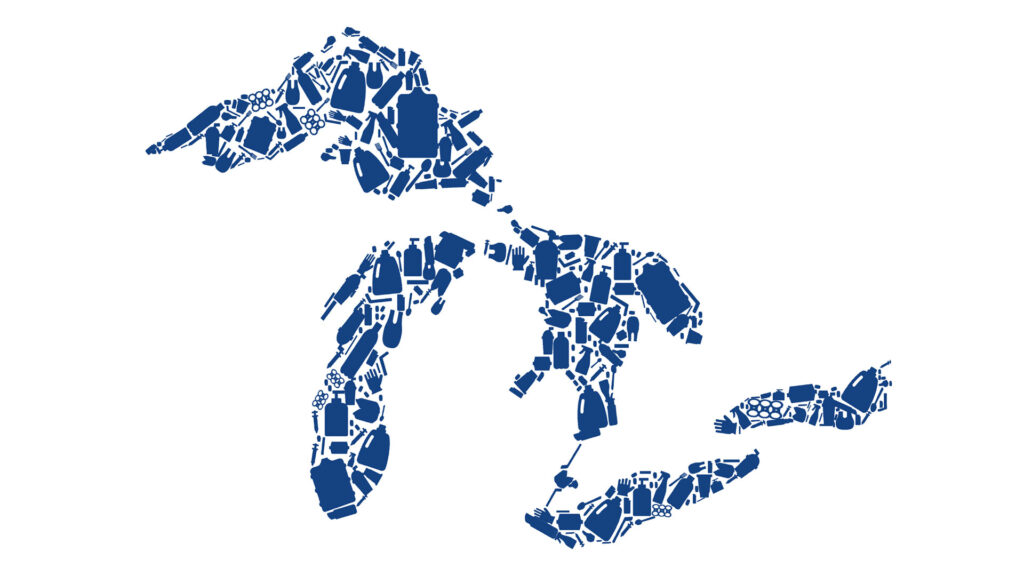Pollution Probe is a Canadian charitable environmental organization (Charitable BN 108092701 RR0001) founded in September 1969 by University of Toronto students and professors.
Over the past 5 decades, Pollution Probe has been at the forefront of progress on a range of environmental issues. Progress on many of these issues took decades of hard work to achieve.
We pursue environmental gains by working productively with governments, industry and the public, with a steadfast commitment to Clean Air, Clean Water, and a Healthy Planet.
We engage people as thinkers to nurture and act on areas of consensus. Our niche in the environmental movement lies in our systems approach, which embraces three principal drivers for progress:
TECHNOLOGY AND INNOVATION
RULEMAKING
BEHAVIOURAL CHANGE
Our Vision
Our Mission
Our Values
- Use sound science
- Engage in productive partnerships
- Foster and facilitate multi-stakeholder collaboration
- Listen respectfully and learn from others
- Seek solutions that are fair and equitable for all Canadians
- Maintain our independence in defending human health and the natural environment
Our Impact
Pollution Probe was founded in September 1969 by University of Toronto students and professors, in the wake of a CBC documentary called The Air of Death that highlighted the damaging impacts of air pollution on human health.
Over the past 5 decades, Pollution Probe has been at the forefront of progress on a range of environmental issues. Progress on many of these issues took decades of hard work to achieve, and some remain unresolved. Our roles included forming partnerships and coalitions with other environmental groups, health organizations, leading industry players, academics, and dedicated public servants. Political champions also played influential roles, as did the media and the public.
In this decade by decade profile, we highlight just some of the many important and high-profile issues we have worked on since our inception.

